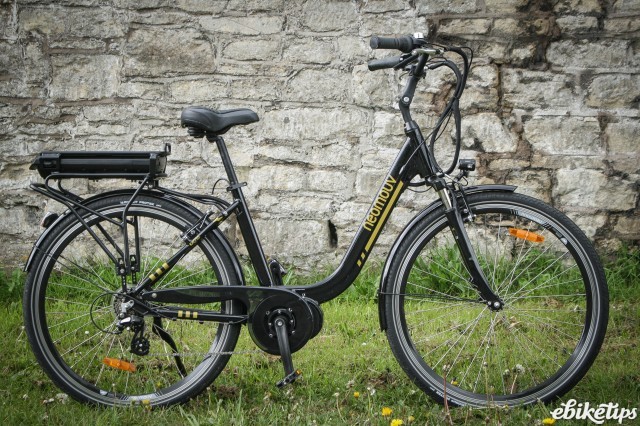I have bought a Dutch Batavus Lento and plan to convert it to an evoke. I have spent probably too much time researching and come up with more questions than answers. I have looked at two companies who offer the full kit and apparently easy to fit. One is Cyclotricity is and the other is Powerbikes. Has anyone used these companies before and are they any good. I think I should be going for a front wheel drive. Looking at spending around £500 for kit and battery. Any advice gratefully received. Thanks
Last edited:













